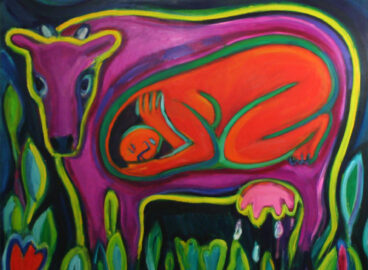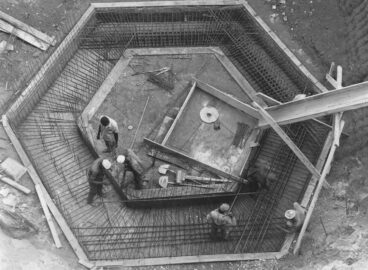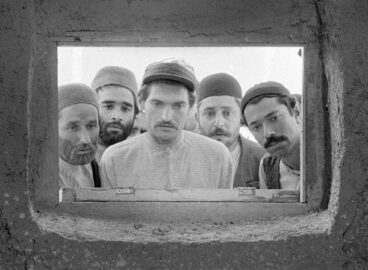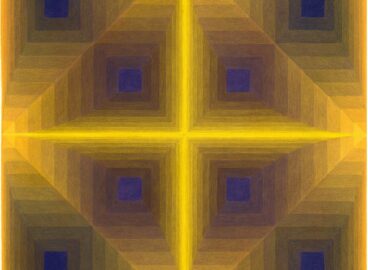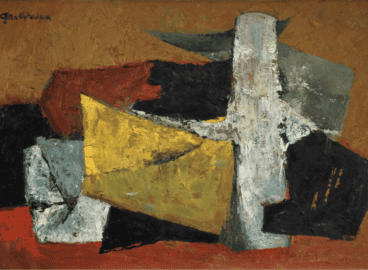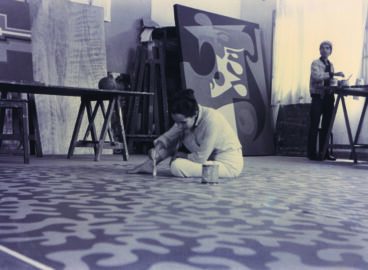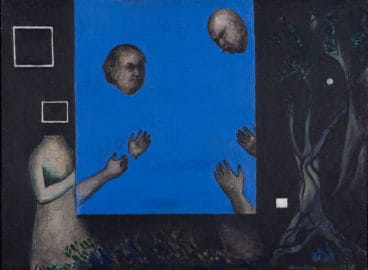Daina Dagnija: Nomadic Subjects and the Promise of Homemaking
This essay by feminist scholar and art curator Jana Kukaine explores the work of Latvian artist Daina Dagnija, who lived in exile in the United States after fleeing the Soviet occupation in 1944. While threading questions of migration and exile; memory, loss and belonging; and womanhood and mothering, Dagnija’s practice remains grounded in Baltic history,…
